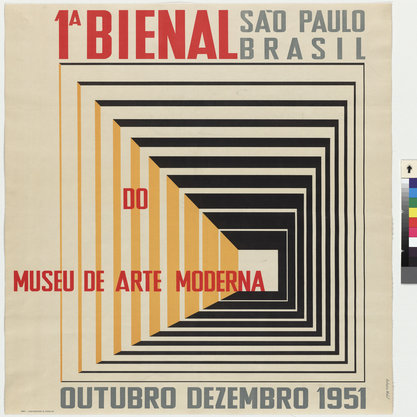Article
Oiticica, Hélio (1937–1980) By Heeren, Alice
Article
Hélio Oiticica was born in 1937 in Rio de Janeiro and studied at the Museum of Modern Art in Rio de Janeiro with Ivan Serpa in the 1950s, later moving to New York and engaging with the 1960s artistic milieu in the United States. Oiticica was an exponent of the Brazilian modernism group Frente in the 1940s and early 1950s, and influenced by abstract geometric tradition the artist experimented with the two-dimensionality of the pictorial field to the point that his works in the late 1950s transitioned to participatory works. Together with other artists of the Neoconcrete group such as Lygia Clark and Lygia Pape, Oiticica’s trajectory marked an extremely important shift in Brazilian art towards sensorial works with a concern with the place for the spectators. The strategies of Oiticica, particularly from his break with the two-dimensional space, his engagement with marginalized members of Brazilian society, to his large installations sensorial and participative works of the 1960s and 1970s, influenced an entire generation of artists in Brazil and abroad, and his works are part of some of the largest collections of modern art in the world such as MoMA and Tate Modern.



